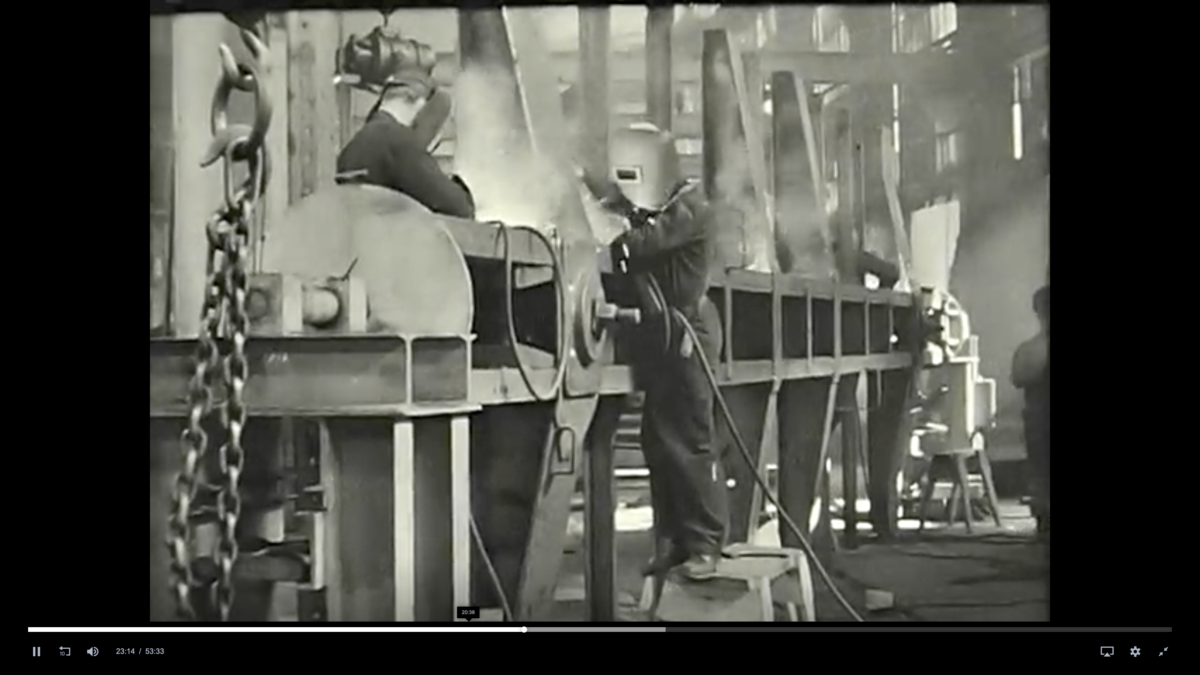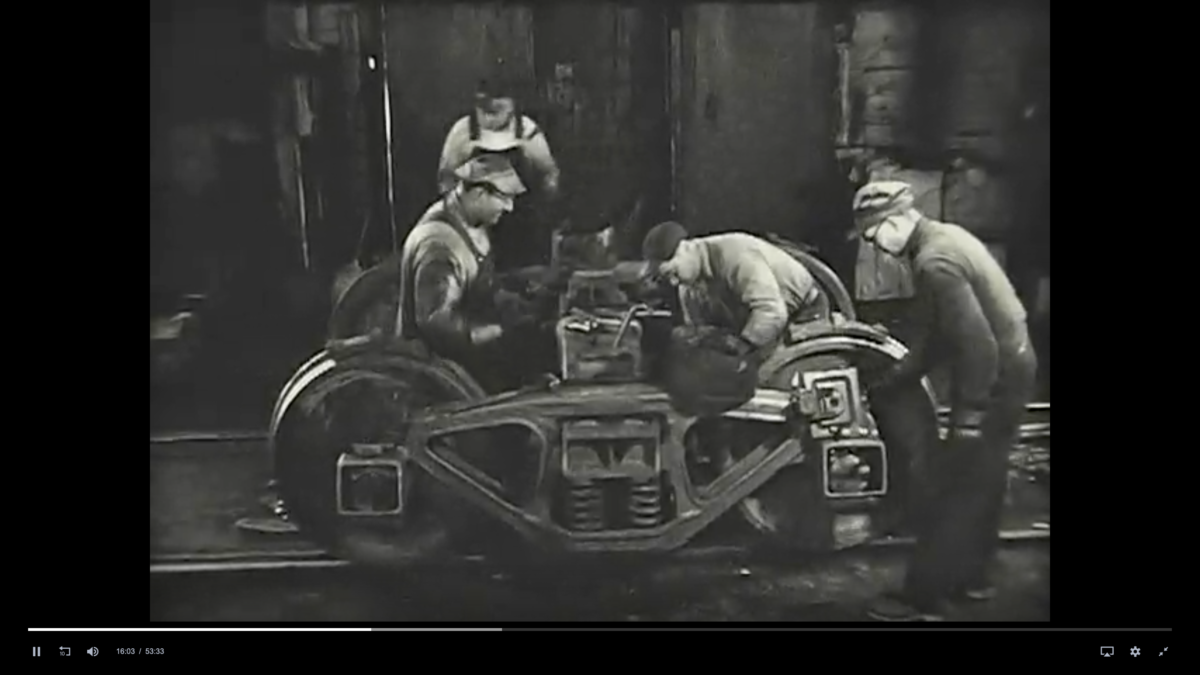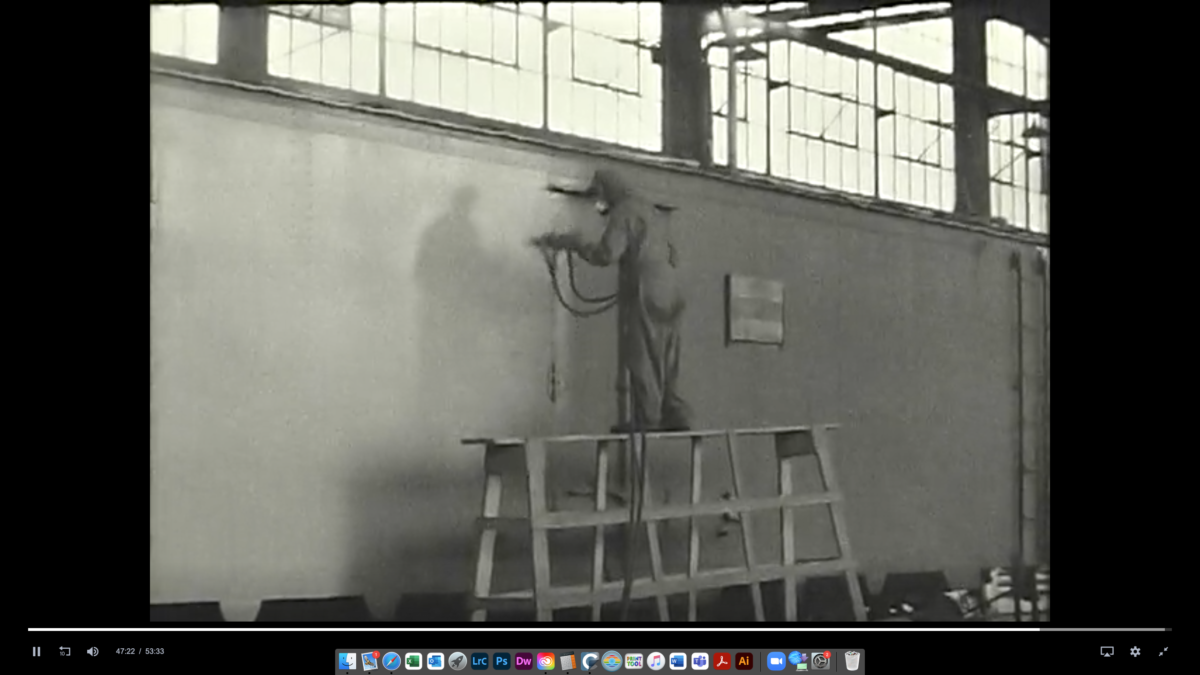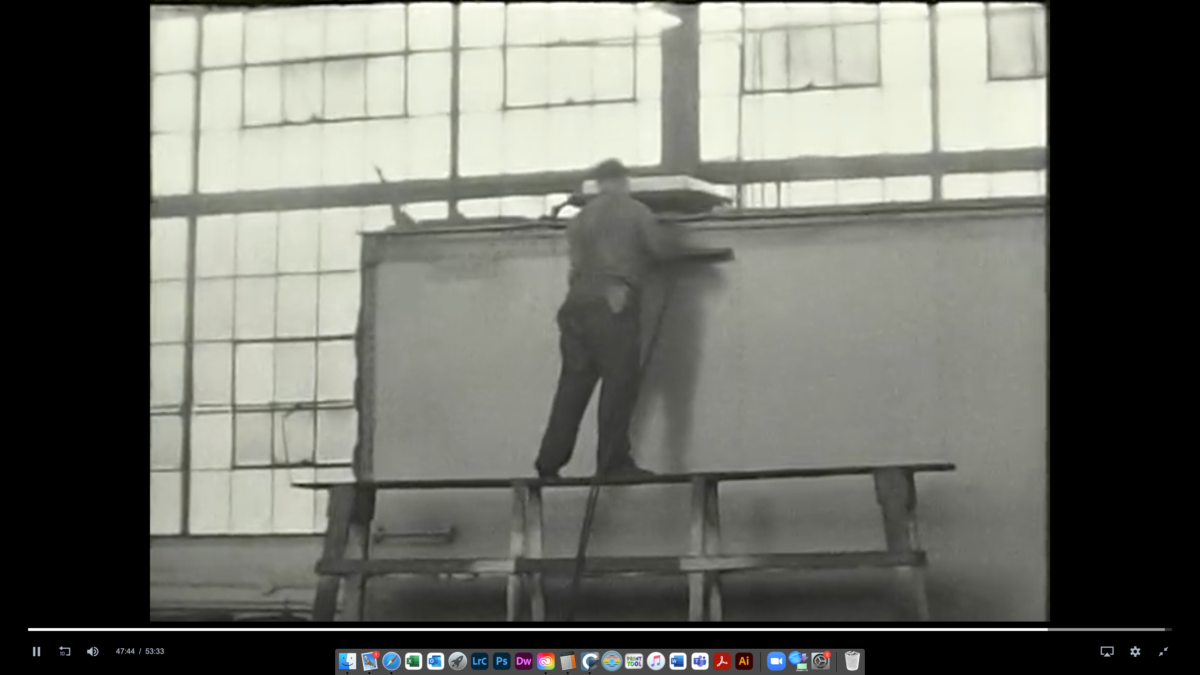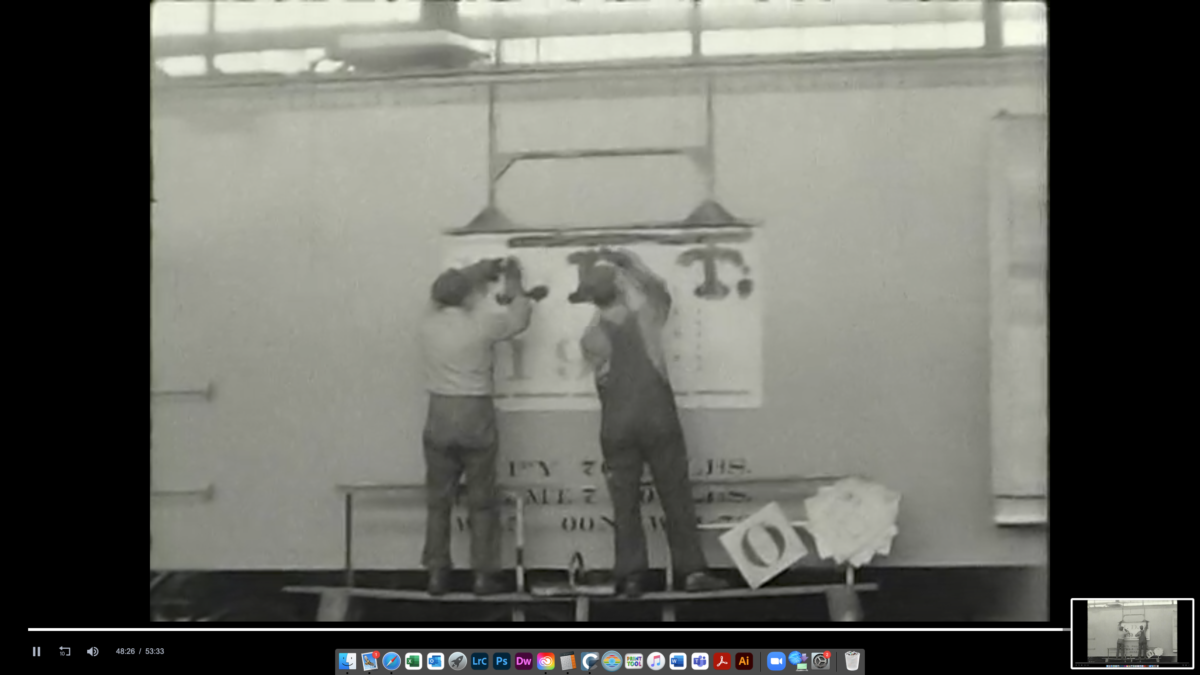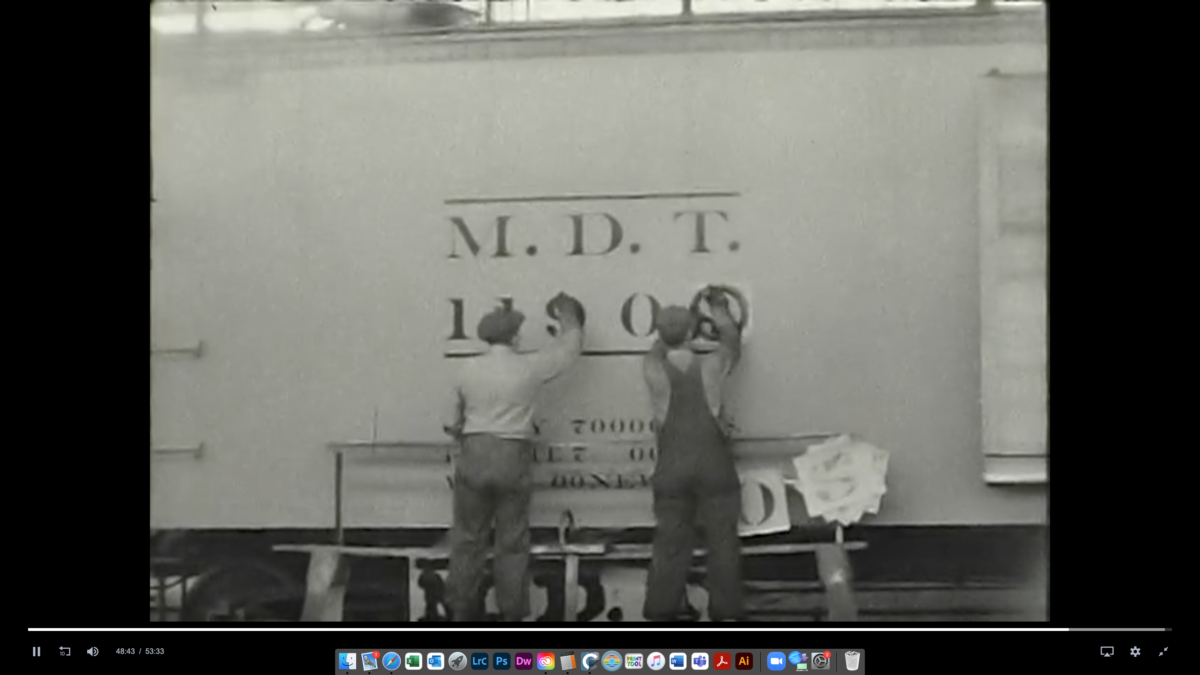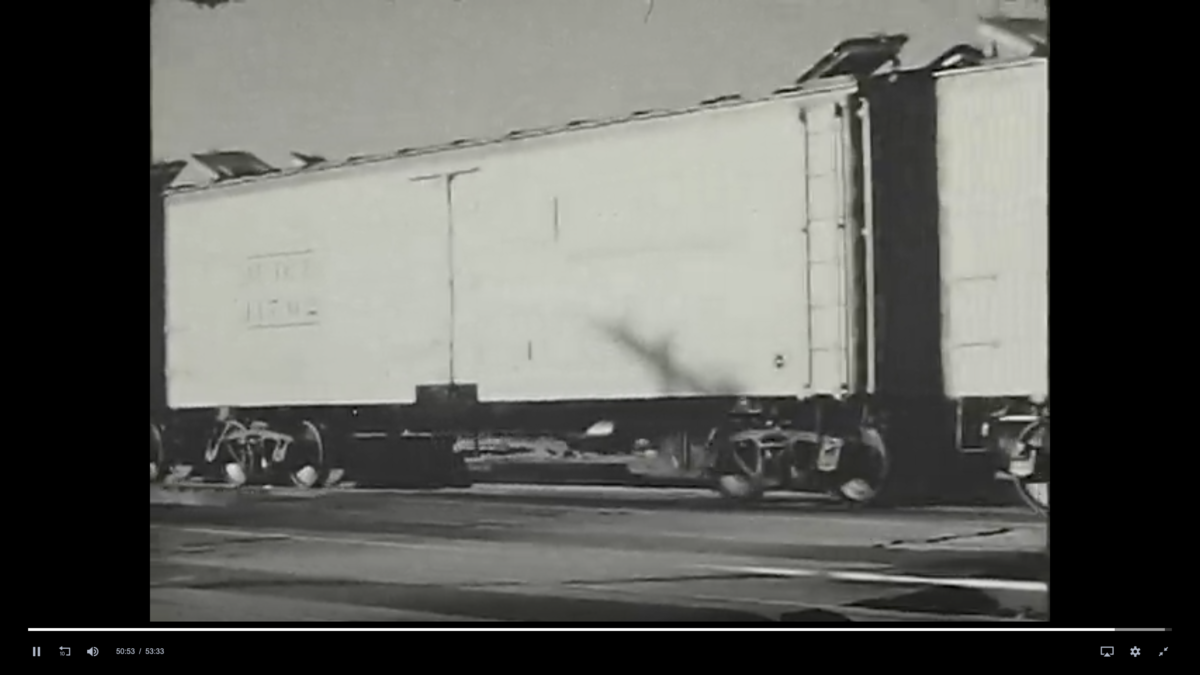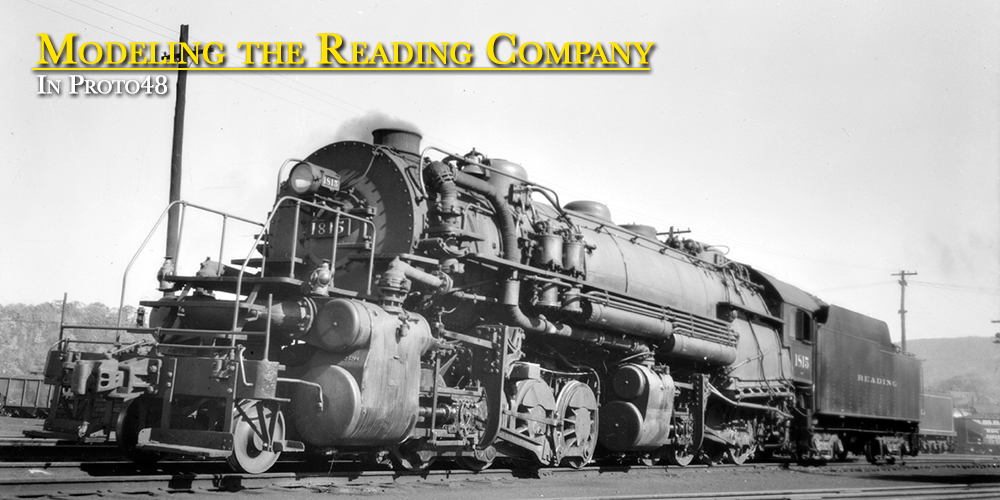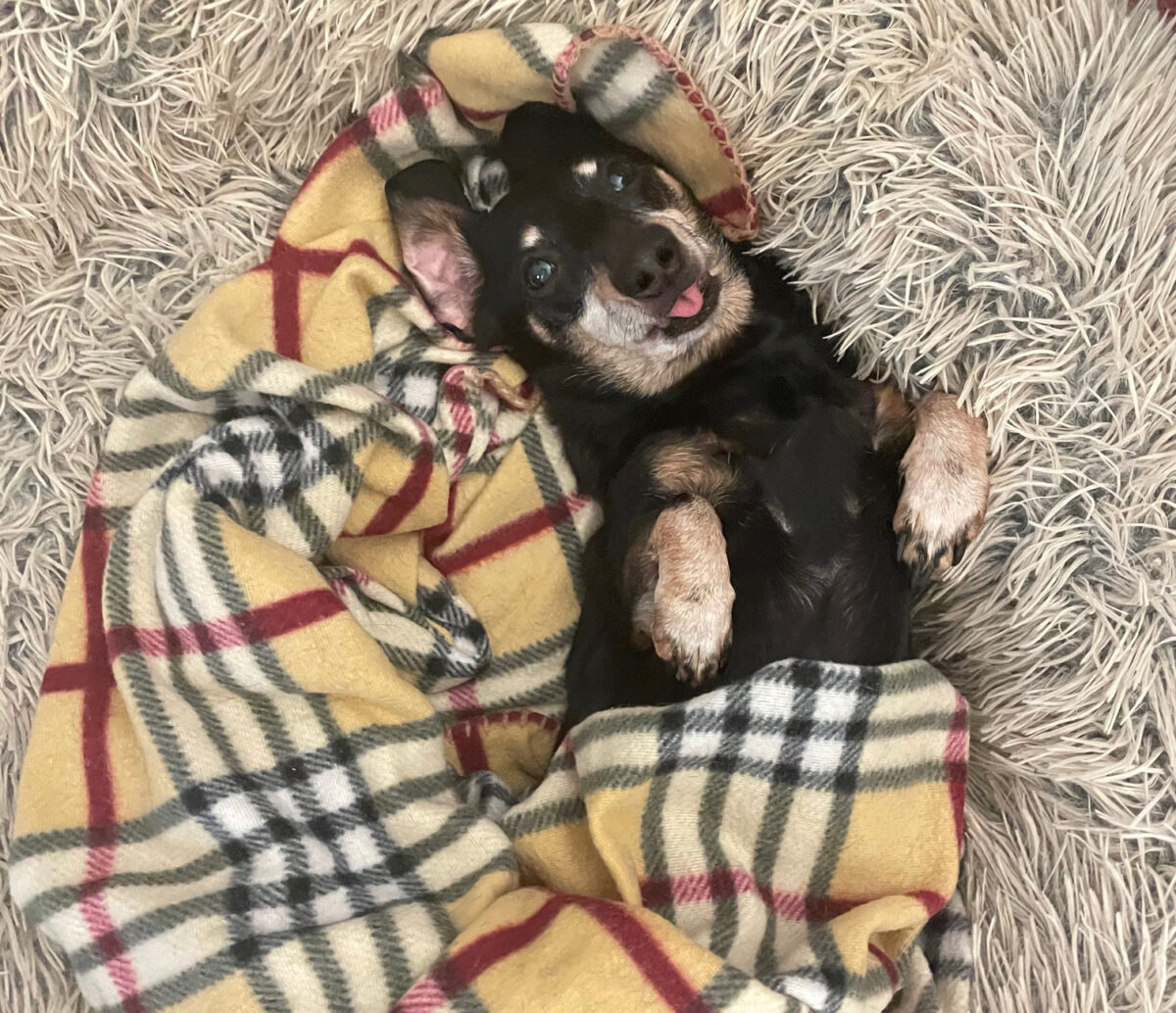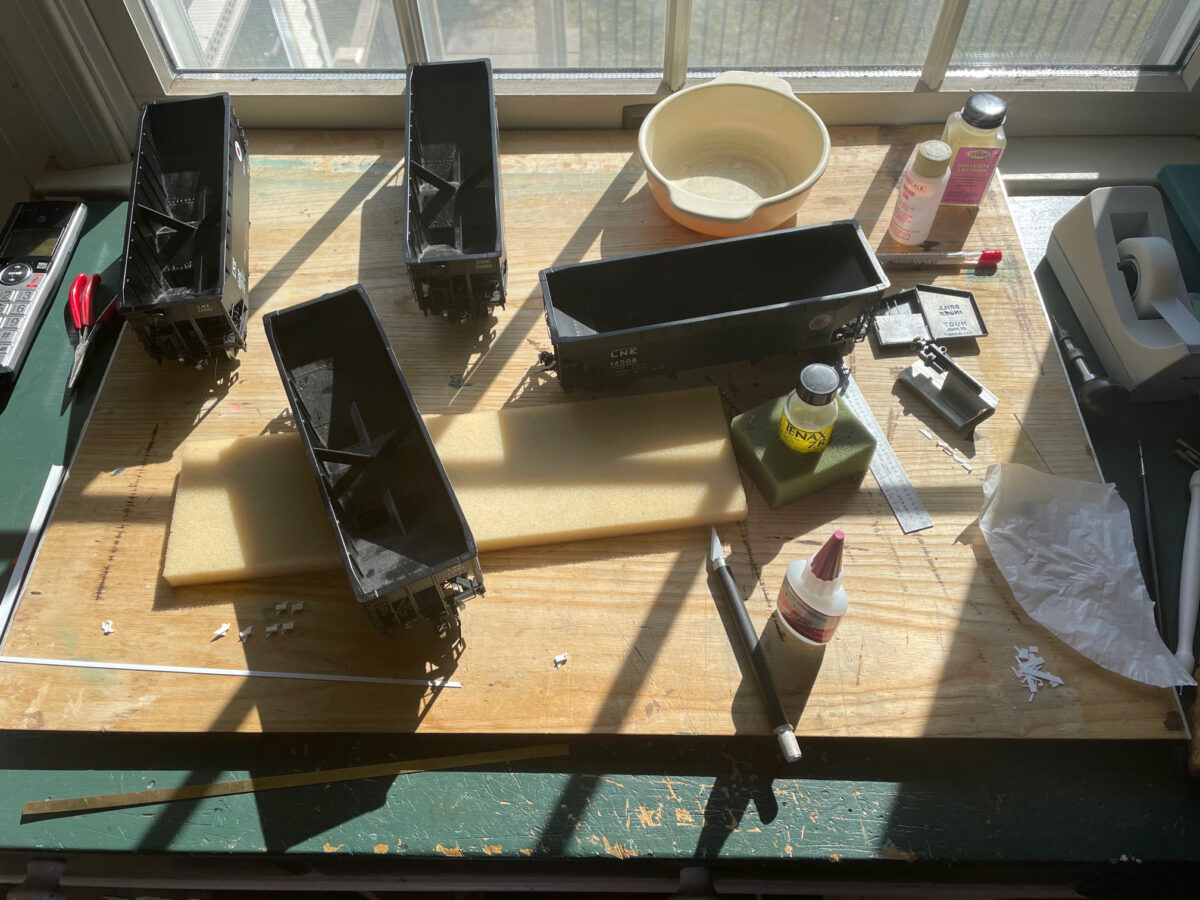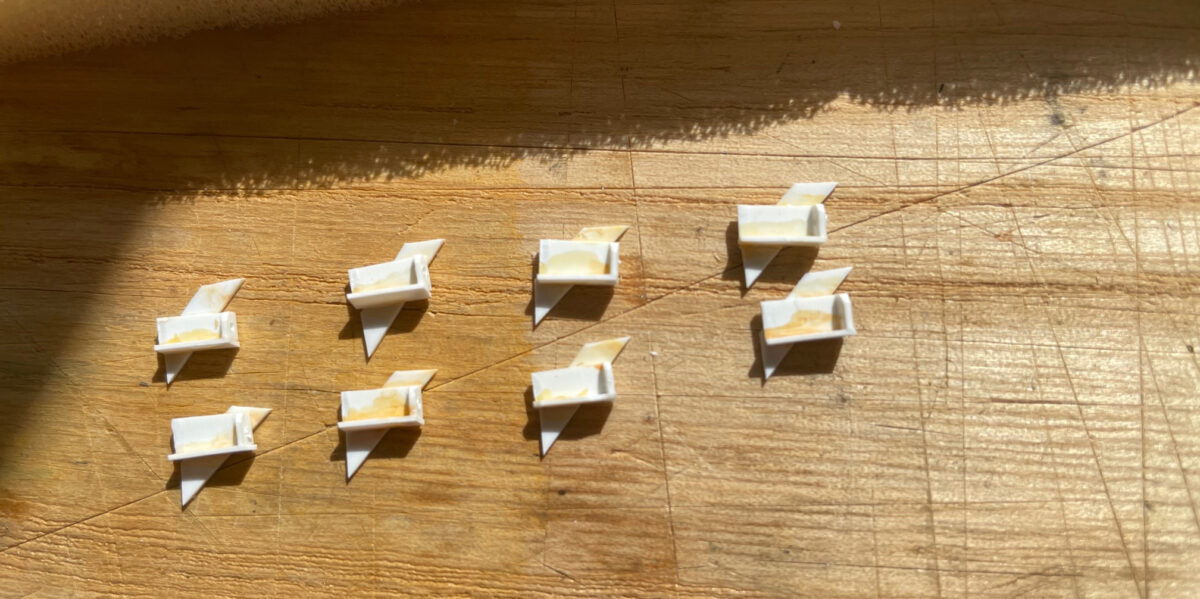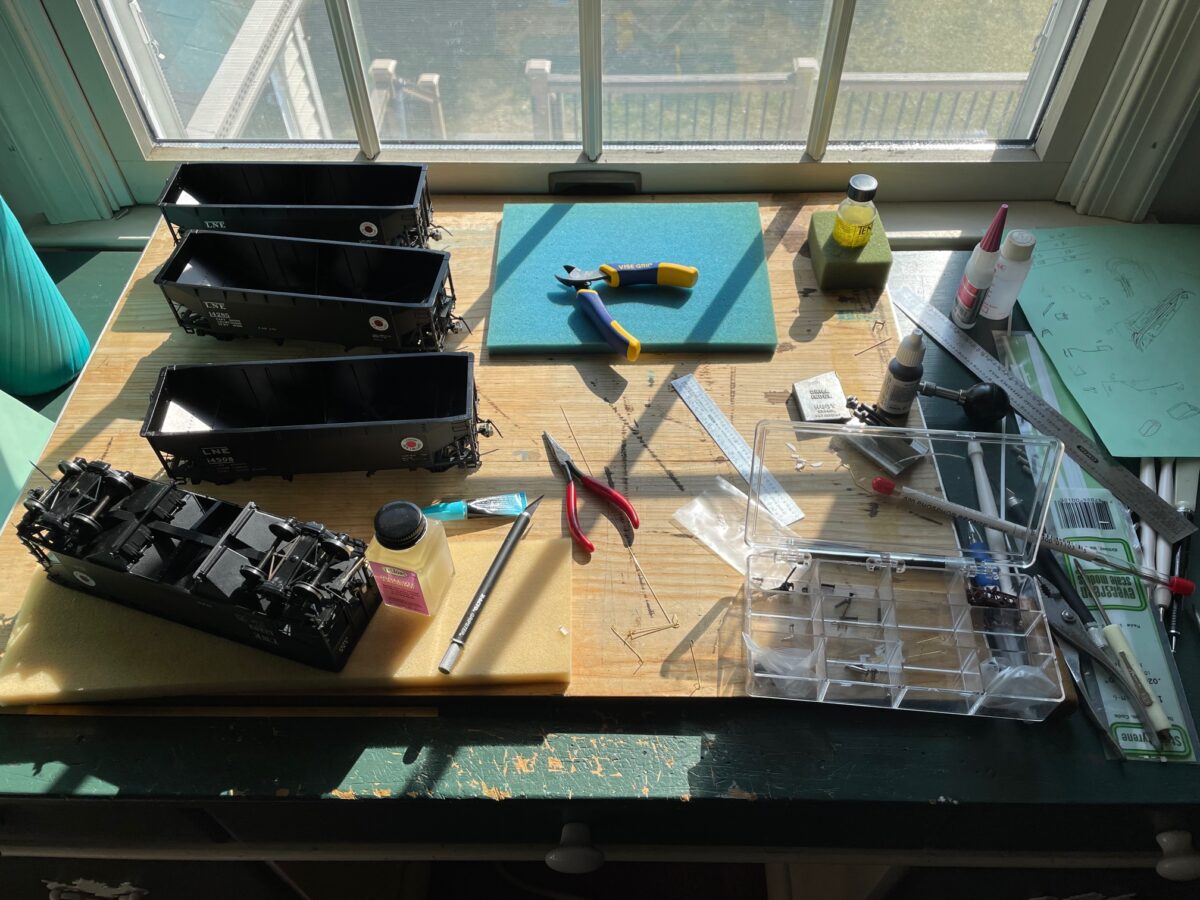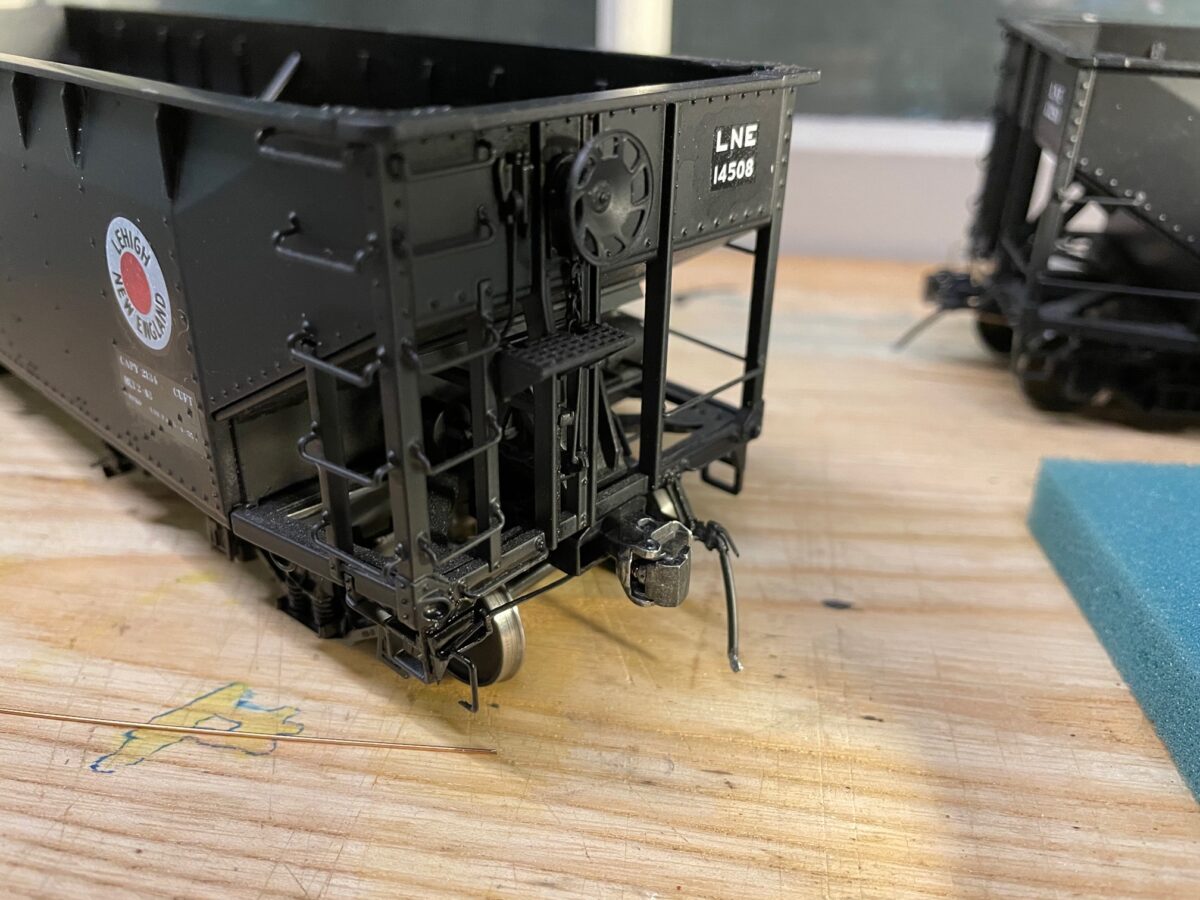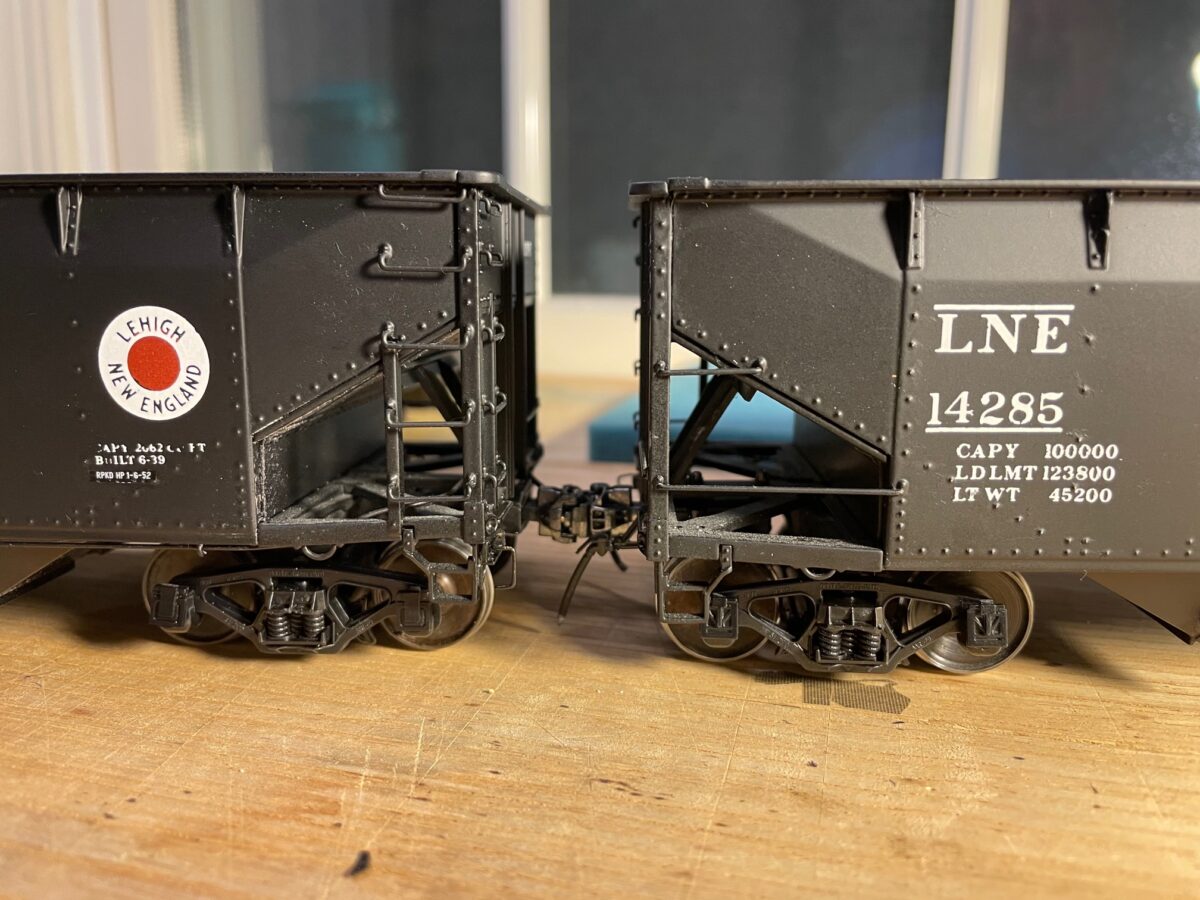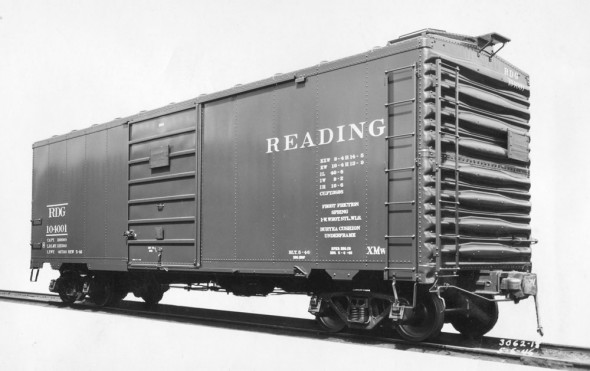
Model manufacturers love the “Standard” Boxcars. We have commercial models of the USRA Single Sheathed, the 1937 AAR, and the Pullman Standard PS-1. The reason is easy, build one model and paint it in all the roads that owned them. This gives them a great chance to recover their investment in die work for the models. The trouble for us modelers is that it’s easy to have some car types over represented in our freight car fleets. It was worse back when there were fewer models but it still can get out of control fast.
There have been a number of articles and books published about the different “Standard” car types. I decided to do a little exercise the other day. I pulled out the different lists and began to plot the roads that had each of the “Standard” car types. Then I dug out my 52 ORER and found out how many total boxcars the roads that received the “Standard” cars had. That was a total of 769,711.
The total for the number of “Standard” cars on the roster was 278,979 or 38% of the total cars on those roads. I cut off the PS-1 build numbers at August of 1952 which is when I’m modeling. These totals did not include any 50 foot cars or automobile cars of 40′ or 50′ length. That will be another post.
What does that really mean? If you believe that the free roaming cars like boxcars, flat cars and gondolas will be proportional to the number of actual cars on the prototype rosters (except for home road cars), then a little more than a third of the boxcars on your railroad should be of the “Standard” cars. The other two-thirds of your boxcar fleet should be the automobile cars, the 50′ cars and the railroad designed cars, like the B&O wagon tops, or the Milwaukee Welded Ribbed cars.
If you were going to build 100 boxcars, the thought would be 38 of the cars would be of one of the “Standard” cars. The other 62 cars would be made up of the automobile cars, railroad designed cars and the 50 foot cars.
Now as far as what roads they should be, I believe that the roads that had the most cars of a type are the most likely to be seen based on the proportions, but that talk is for another time.
| USRA SS |
9756
|
2
|
| USRA DS |
5215
|
1
|
| 23 ARA |
66,125
|
9
|
| 32 ARA |
11,854
|
2
|
| 37 AAR |
60,077
|
8
|
| 37 AAR mod |
41,094
|
5
|
| War Emergency Boxcars |
5342
|
1
|
| 44 AAR |
34,065
|
4
|
| PS-1 |
46,271
|
6
|
| Totals from the 1/52 ORER |
279,079
|
38
|
